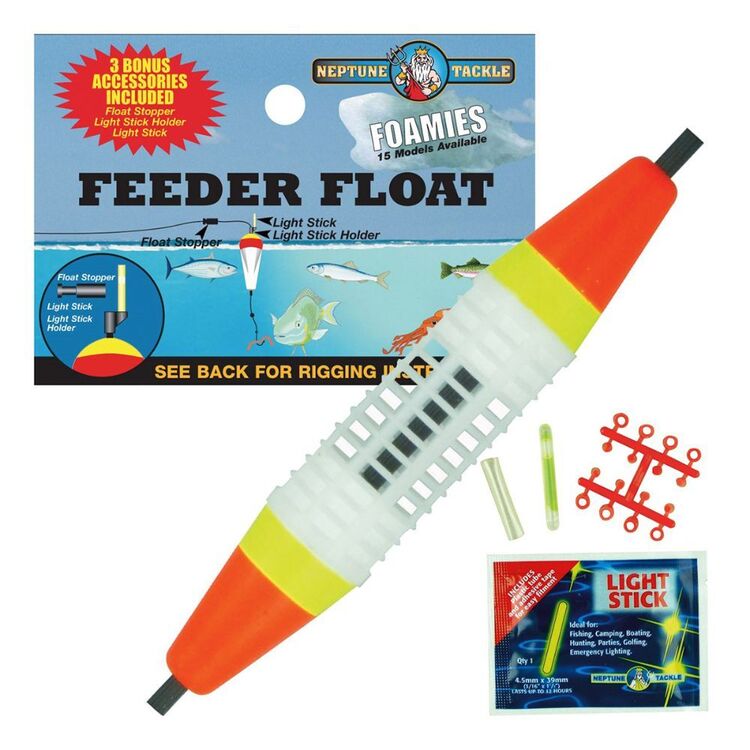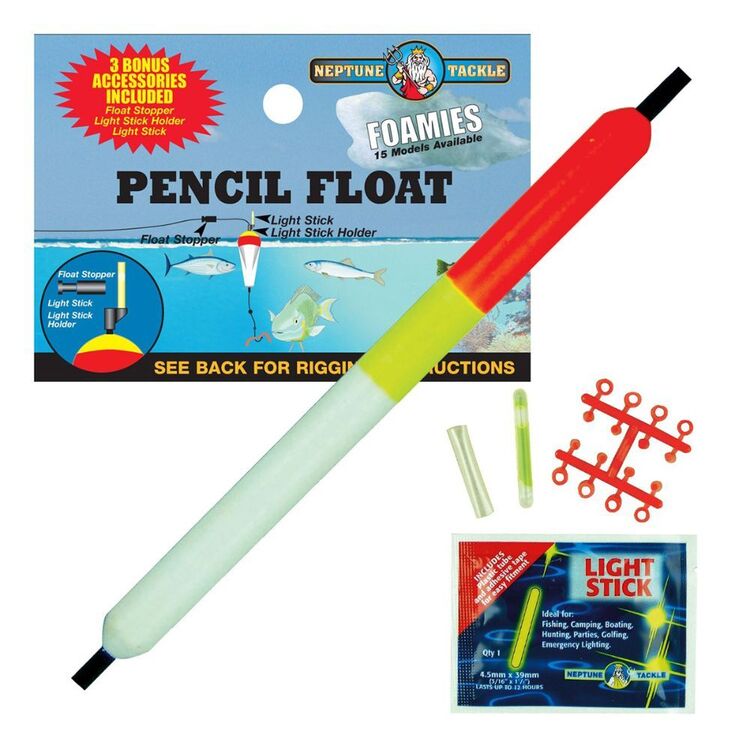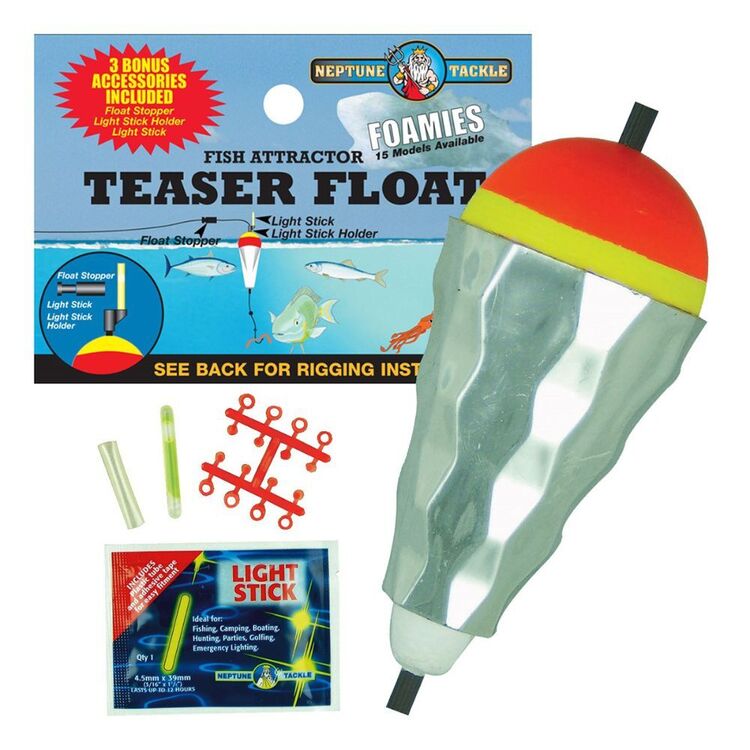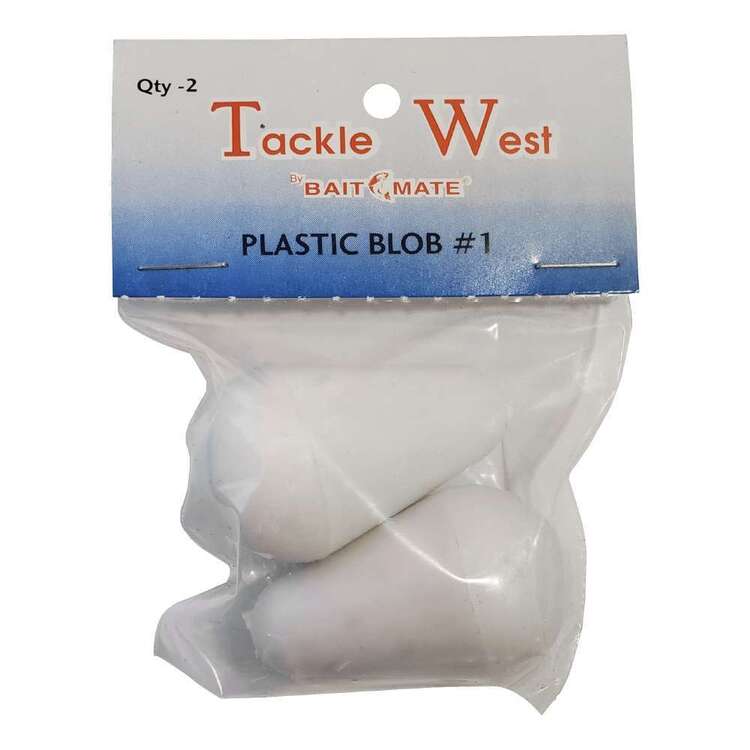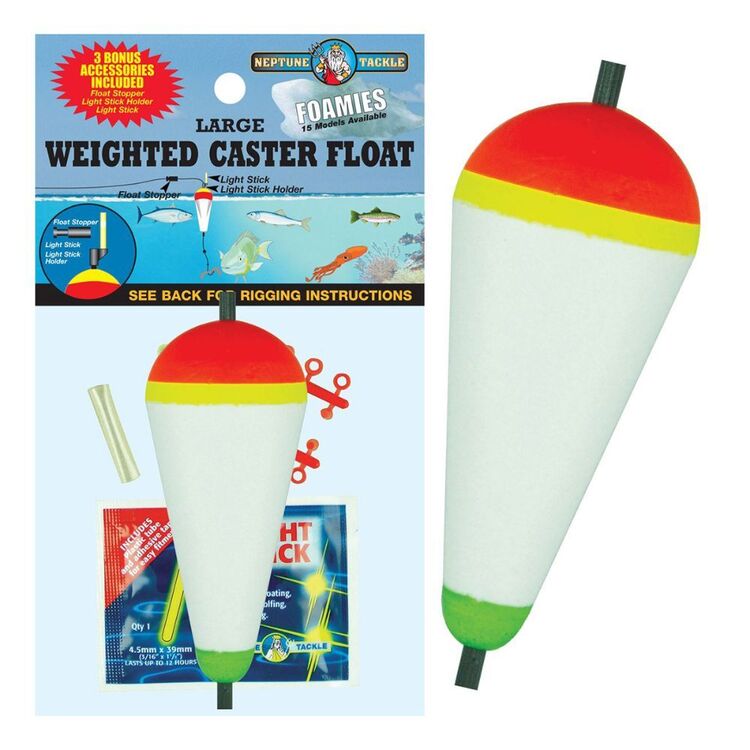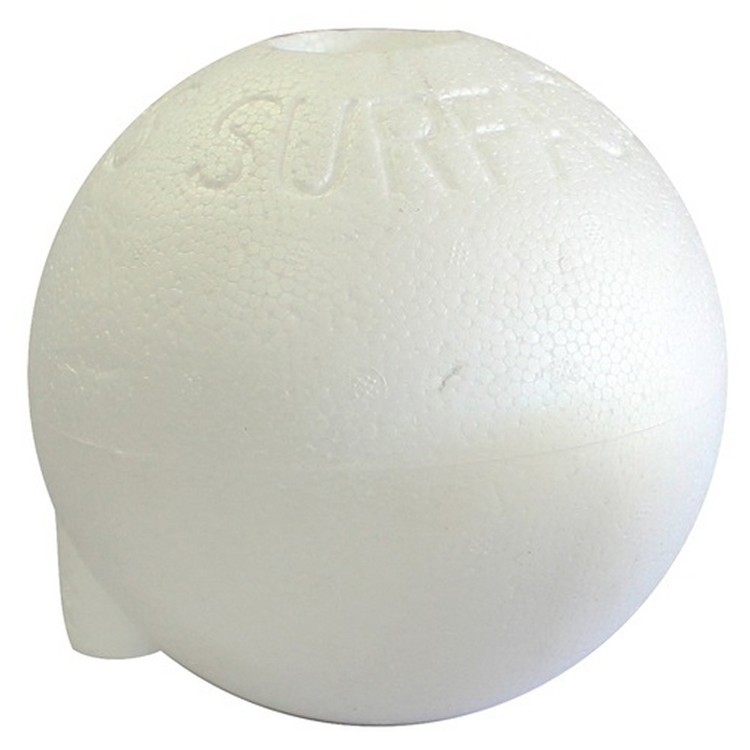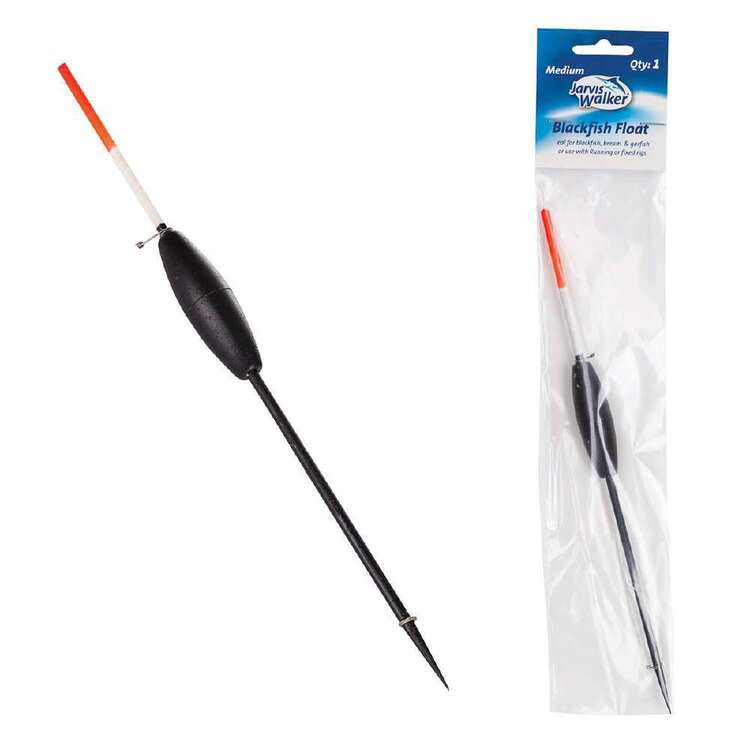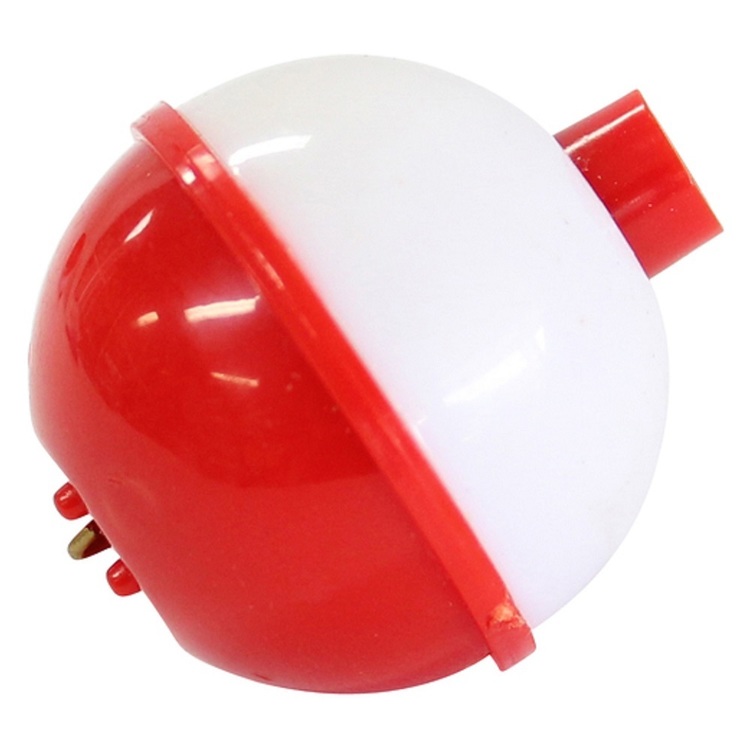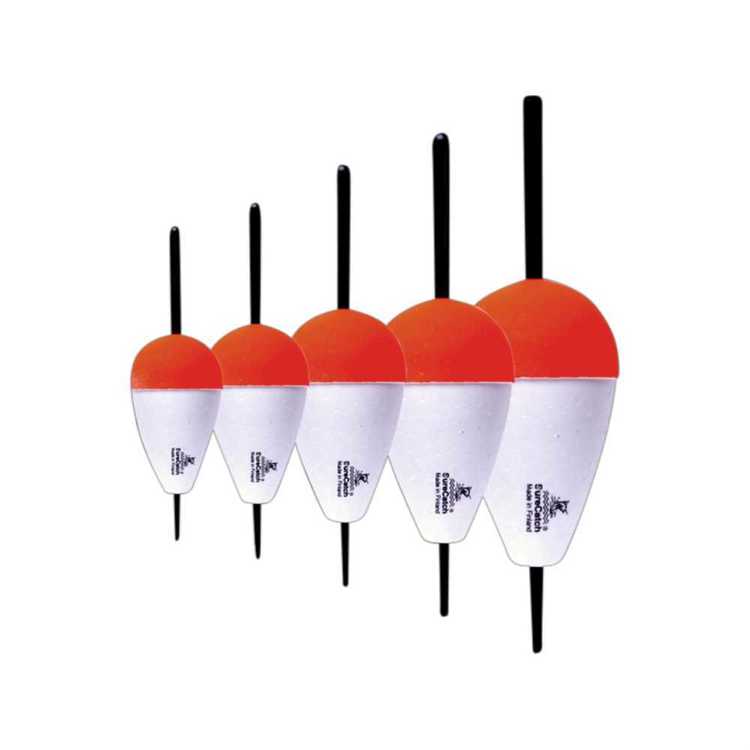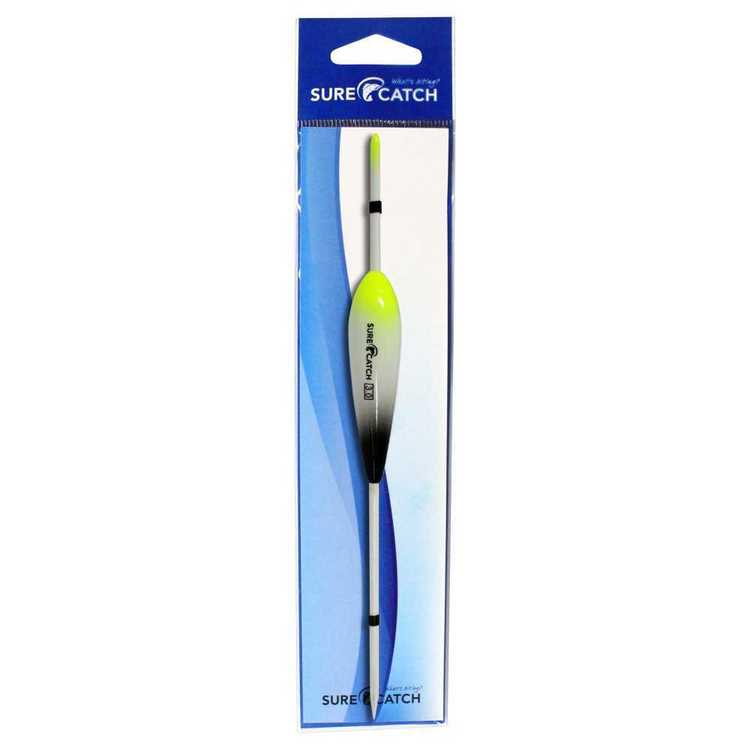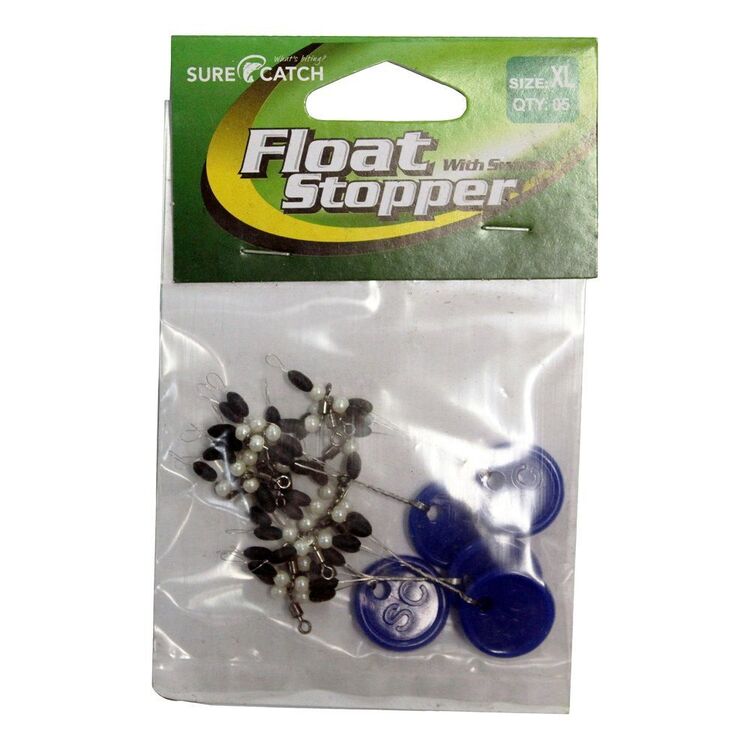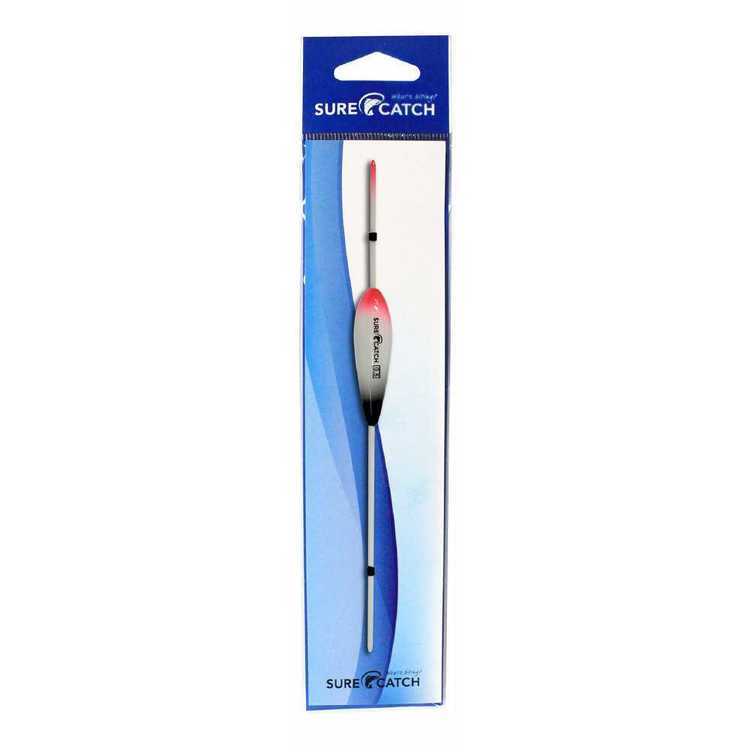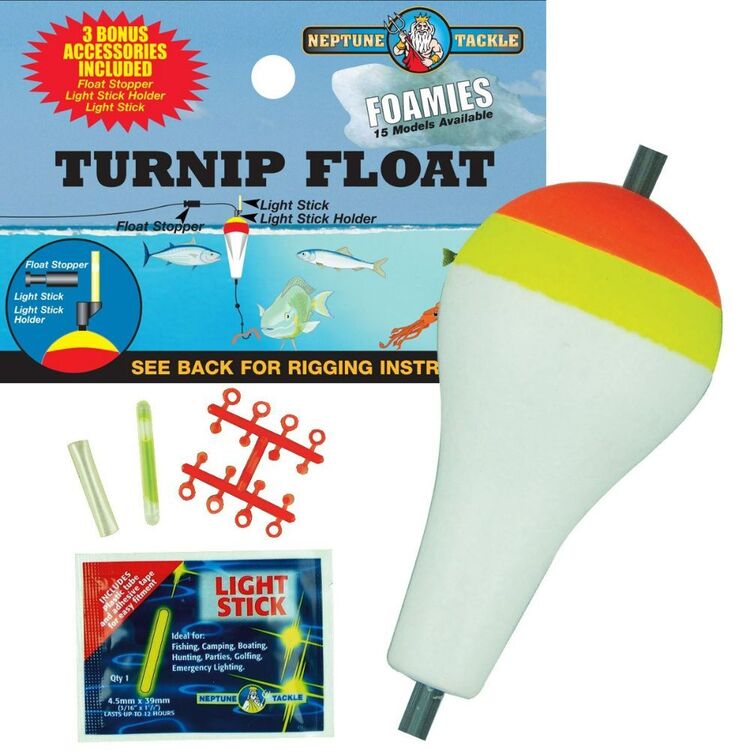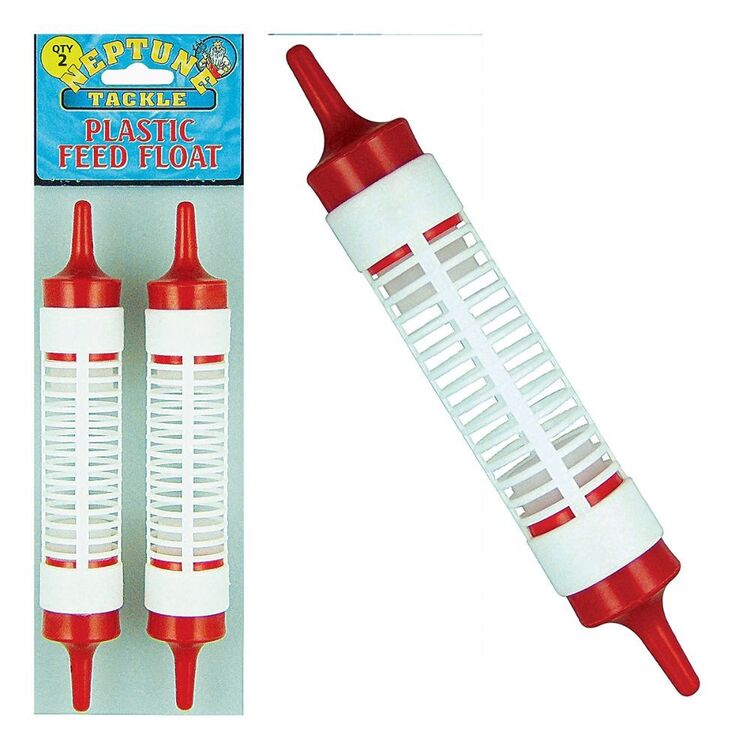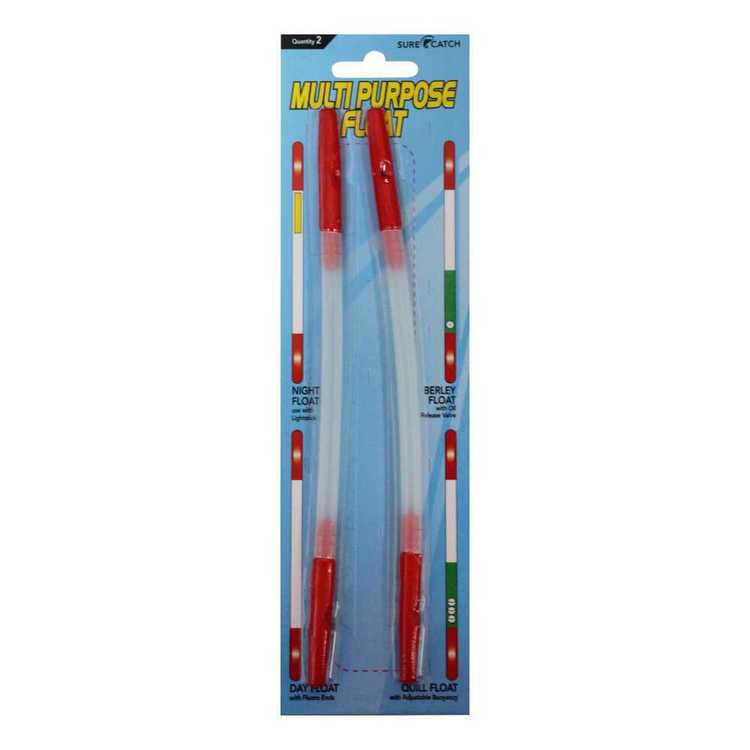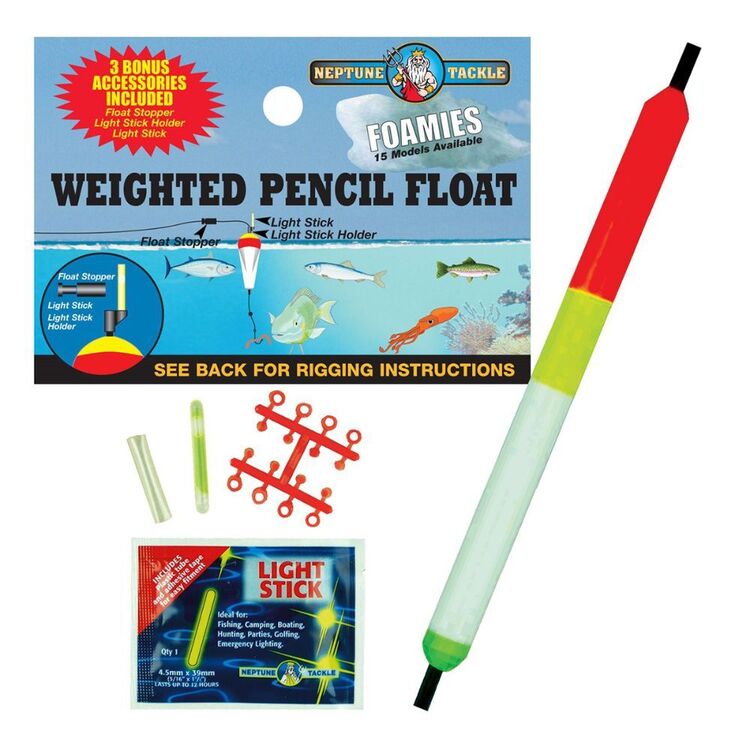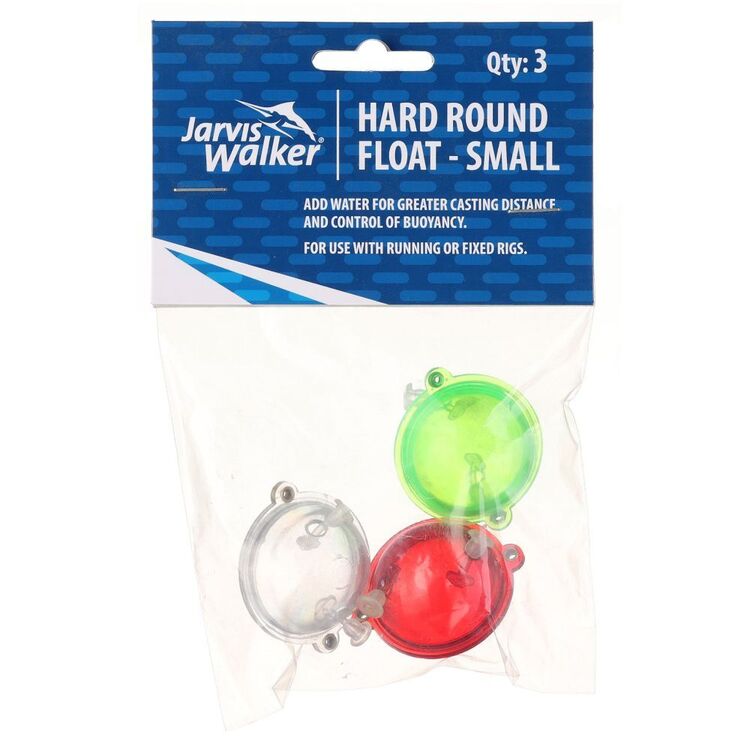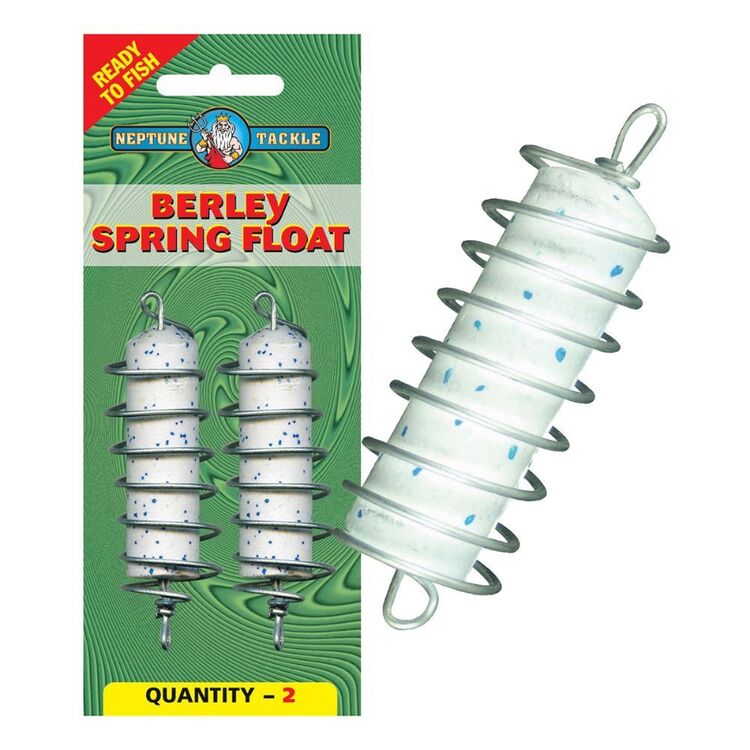| Your browser is not supported. | ||
|
Please browse our site using any of the following options:
| ||
Floats
Find the perfect float to let you know that a fish is interested in your baited fishing hook. Shop fishing floats, float stoppers & float rigs at Anaconda.
31 items found.
Up Your Fishing Game With The Right Fishing Floats At Anaconda
Discover quality fishing floats at Anaconda to take your game to the next level. Selecting the right float for the conditions at hand can be one of the trickiest decisions an angler has to make, and at Anaconda you'll be spoiled for choice when it comes to fishing bobbers, quill floats, weighted fishing floats, squid jig covers and more in the range. Fishing floats are attached to the fishing line and used as visual indicators and are classed as an unmissable accessory by many anglers.
There are many different types of floats available at Anaconda for different fishing situations, including waggler floats for stillwater fishing, stick floats for river/running water fishing, leger floats, loafers, bubble floats, pole floats, and sliders. Different species of fish, fishing locations and weather conditions all require different types of floats, so make sure you are equipped for all eventualities by having some of these floats in your tackle box, before you go out for your next fishing expedition. Shop the range of fishing floats online and in-store today at Anaconda.
Floats FAQs
Why use a float?
A float is used to suspend a bait at a particular level in the water and to signal that a fish is taking the bait. A float can also add weight to increase casting distance. Using this information is a great starting point for float selection, because it helps you examine how a float will best meet these needs, given the conditions of the water and the species of fish you are pursuing.
What are the different types of floats?
In simplest terms, there are two types of floats. There are fixed floats, which are connected to the line and stay in that position on the line, and there are slip floats, which slide up and down on the line. The fixed float is best suited for shallower water, while the slip float is perfect for deeper water.
How to choose the best fishing float
Regardless of whether you choose to fish a slip float or a fixed float, size and buoyancy of a float are the most important issues in the selection process. If your float is too large, the fish will experience resistance when trying to take the bait, and it may drop the bait.
The resistance of a float is also affected by its profile. Very slender floats will be pulled down more easily than a wide float, and offer more sensitivity for a light bite. Also consider the weather and the condition of the water: On windy days or if there is a strong current, you will probably need a larger or more buoyant float. If the water is clear and calm, a smaller or narrower float will reduce the chances of spooking the fish.
When casting for distance is an important factor, it is recommended to select a heavier slip float. Remember, the weight of the float is not always in proportion to its size, so you may need to experiment to get the best results.
Shop Fishing Floats Online At Anaconda
Land your target species with ease using the right fishing floats from Anaconda. Our extensive range of fishing gear includes fishing rods, fishing reels, fishing line, fishing lures, terminal tackle and accessories such as tackle boxes & trays to keep all your gear and equipment organised. Purchase your fishing floats online where you can choose from home delivery or to click & collect your order from your local Anaconda store. Make sure you check out our Fishing Adventure Centre articles for top tips, tricks and know-how to inspire your next fishing expedition. Remember to join the Anaconda Adventure Club for exclusive discounts and advance sales notifications, so you can shop some of the best fishing gear in Australia at the best prices with Anaconda.
